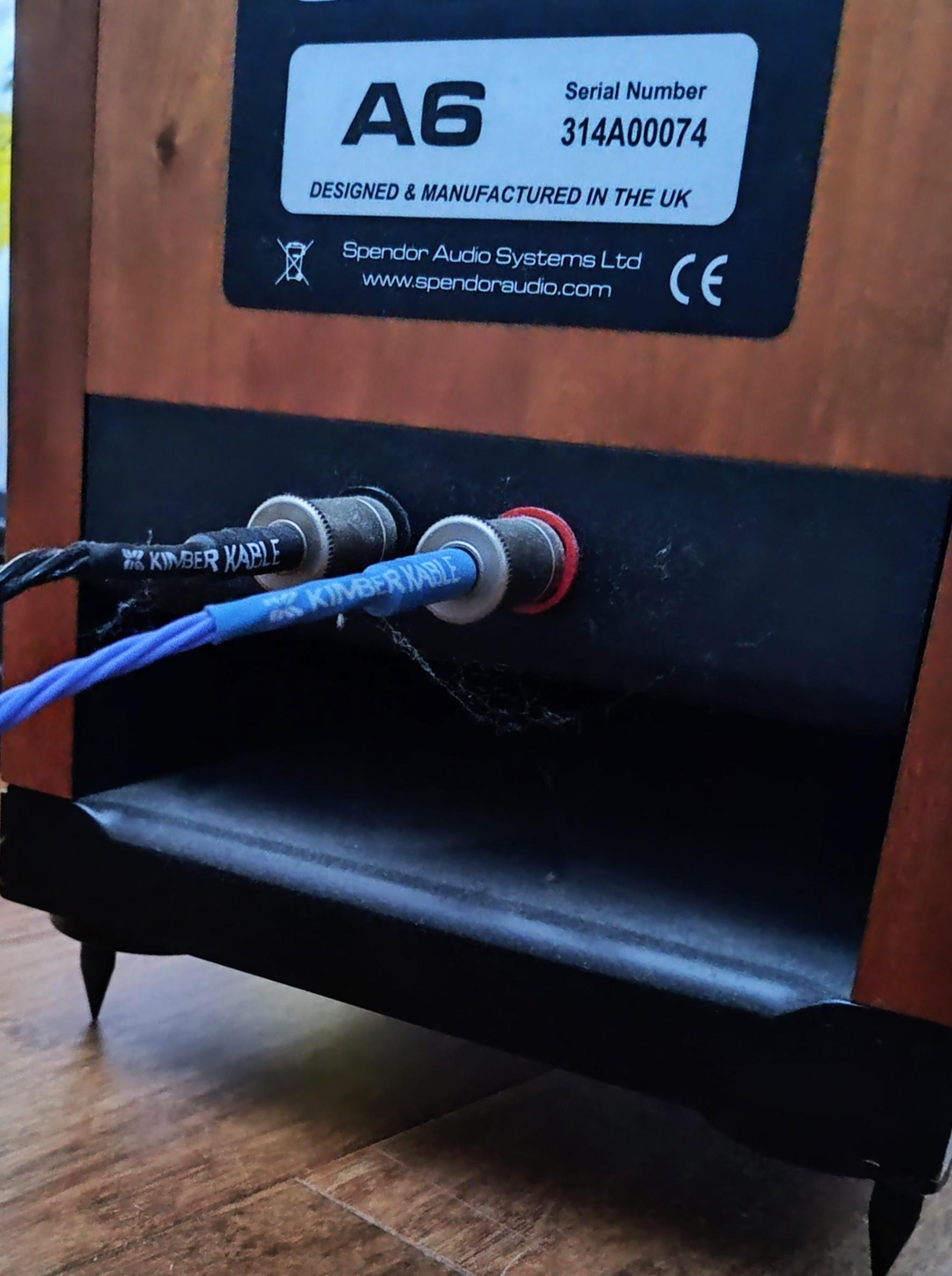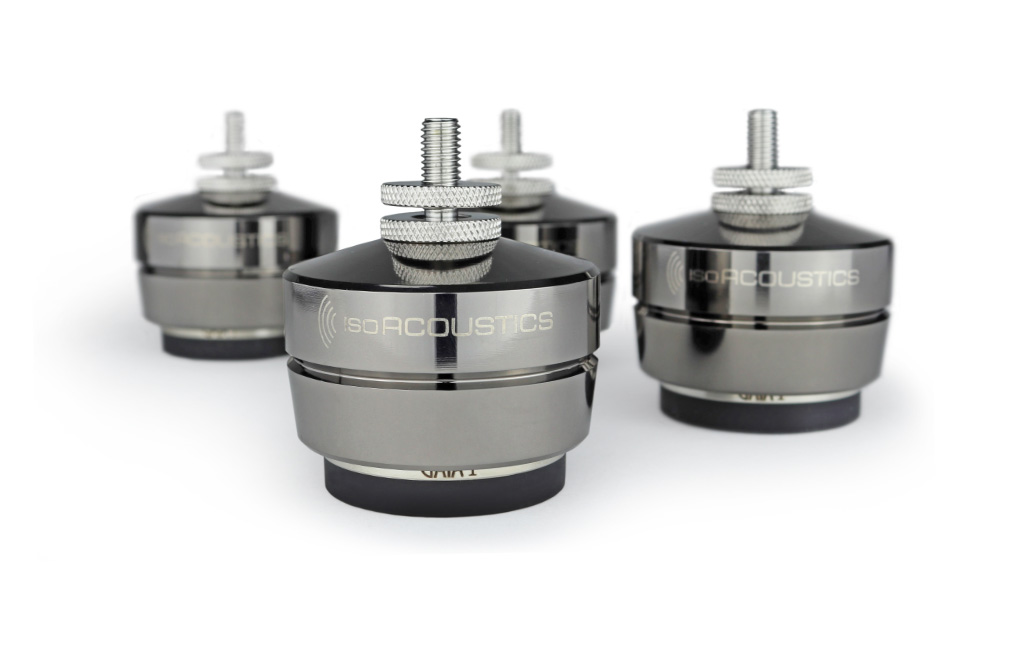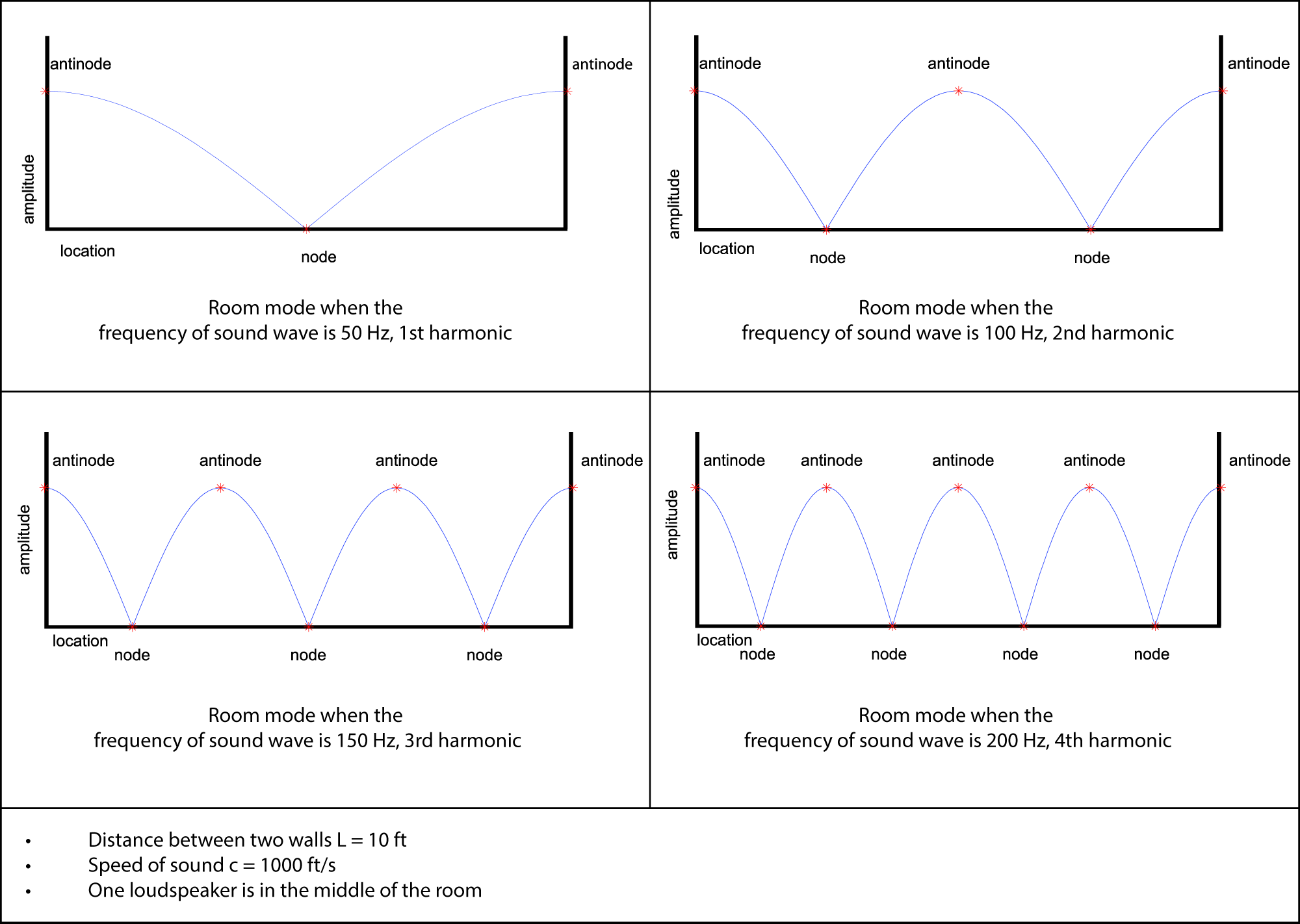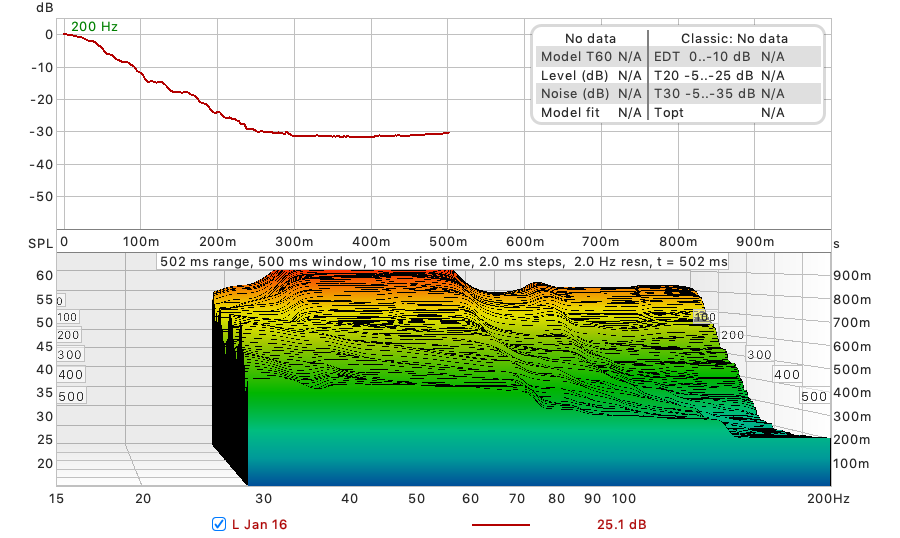tuga
Legal Alien
A few people mentioned ports (and bunging them) ... my speakers have a rear port. Not sure whether that gives any indication as to how they would perform close/near/away in relation to walls. I notice the HiFi choice review says "No port blocking arrangements are available here, so the A6 should be kept well clear of walls".

Bass reflex tuning concerns both frequency, amplitude and also Q so it's impossible to say if a speaker's suited to a close to wall location without seeing actual measurements.
Your speakers have the port positioned close to one room boundary (the floor).
My speakers come with two reflex tube lengths, one for free space and one for close to wall positioning.





